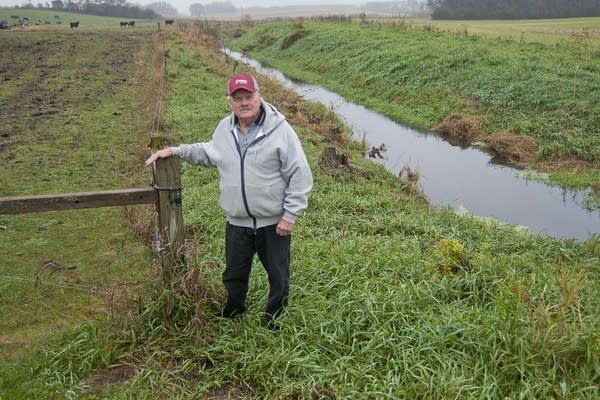Minnesota farmers say Dayton plan to curb runoff is laced with problems

Rollie Norton on his farmland in rural Waseca, Minn. Norton is claiming that his ditch is a private one and should be excluded from the water buffer law.
Jackson Forderer for MPR News
Go Deeper.
Create an account or log in to save stories.
Like this?
Thanks for liking this story! We have added it to a list of your favorite stories.


